Have you ever wondered why your indoor plant’s leaves turn yellow? As a home gardener, this phenomenon can be alarming at first, but don’t panic! Although yellow leaves could signal trouble in your indoor garden, they may not be as dire as they appear.
This article will look closer at the causes of yellowed leaves on houseplants to determine whether they are symptomatic of a larger problem—or merely the result of natural fluctuations. It will also discuss practical steps for fixing the issue and getting your plants back to a healthy state. By arming yourself with knowledge on caring for these fragile living things, you’ll become better equipped to protect them from harm and nurture foliage that is bright and lush once again.
Under Or Overwatering Your Indoor Plant

Under- and overwatering might feel like a minimal concern for indoor plants, but when it comes to the well-being of your flora friends, there’s no small matter. Too much water can cause roots to rot and oxygen deprivation, while too little water stunts photosynthesis, stunting growth and causing leaves to turn yellow. Beyond being a visual nuisance, yellowing leaves can signify that your plant is suffering – so how do you prevent this?
A good rule of thumb is generally if the soil looks dry or prickly when prodded with a finger, it’s probably time to let their leaves drink up some life-giving liquid. Everyone needs a drink now and then! With proper hydration and nurturing LED light exposure, your indoor plant friends should stay healthy and thriving. As long as you can also resist overindulging them (water), you won’t have any problems with yellow leaves.
Cold Draft

We’ve all been there – you give your indoor plant all the love and care it needs, and one day you come home to find its leaves have turned from lush greens to a dull yellow. Fear not! Nine times out of ten, this discoloration is from something surprisingly simple: a cold draft. A regular temperature drop can shock your plant’s system, leading to leaves turning yellow or falling off altogether.
For example, ensure windows near your house plants are closed when temperatures outside change dramatically, especially during the winter. To prevent this from happening, take some time to investigate any cold drafts occurring near your plant. You might even want to place them on top of a small rug or cushion, so they stay cozy – no one likes being chilly three seasons out of four! Taking these small steps will ensure the health and happiness of all houseplants everywhere.
Improper Soil pH
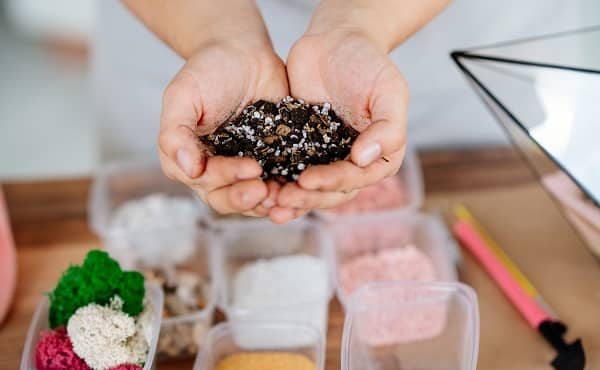
Plant lovers beware – nothing is worse than seeing your beloved succulent’s leaves turn yellow due to improper soil pH. It’s okay, don’t panic! All you need is an understanding of soil pH and how to prevent it! Soil pH is a measure of acidity or alkalinity, which influences the availability of nutrients to the plant. Poorly drained soils often mean that acidic residues can accumulate over time and cause pH levels to drop too much.
If a plant gets too much acidic residue, that’s when things start getting dicey and yellow leaves appear! Prevention is simple – have your soil tested periodically and adjust its acidity if needed by adding lime or sulfur, which will help give your plant the right balance of nutrients it needs. That way, you’ll be sure that those pesky yellow leaves won’t return anytime soon!
Pests Infesting Your Indoor Plant
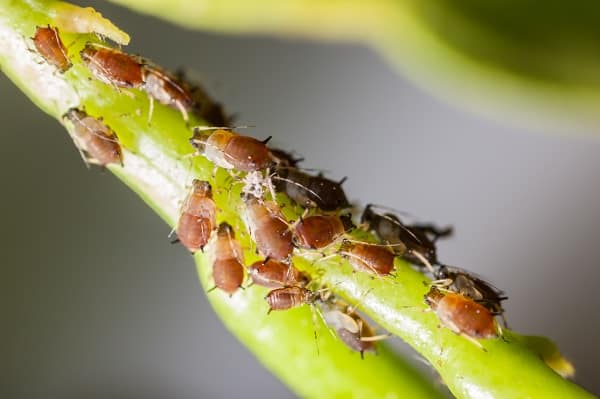
Pests are one of the most common reasons indoor plants can develop yellow leaves. Pest infestations start when bugs of all shapes and sizes come around looking for snacks on your plant’s juicy foliage, leaving you with an unpleasant surprise. To avoid this unfortunate situation, it is essential to inspect your plant regularly and check for signs of insects like webs, droppings, or actual bugs themselves.
If pests have already taken hold of your indoor garden baby, don’t despair! With patience and care, your plant should perk up just as quickly as it wilted! It’s possible to deal with these little pests by spot-treating them with insecticidal soap or neem oil or providing a good deep cleaning by washing the leaves with warm water and wiping them clean of any eggs or residue.
Viral Infection
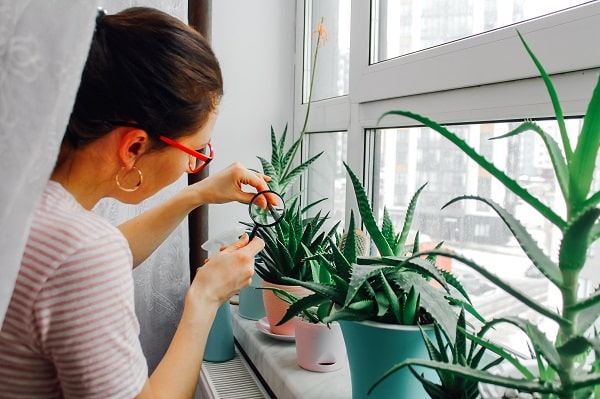
Who knew your houseplants had a risk of catching a virus? It turns out that viral infections can be a root cause behind why the leaves of your indoor plants may turn yellow. Viruses generally enter the plant system through several agents, including yet not limited to bites from insects or other arthropods, contaminated soil, improper water management, and even human contact.
So now you know how to keep viruses at bay and bring your plants back in full glory! So remember to wash your hands before getting busy with those potting chores! Thankfully, preventative measures against viral infection are easy and simple to follow; simply check for symptoms of insect pests in and around the plant (such as webbing or bite marks), sterilize pruning shears, and make sure to provide optimum environmental conditions.
Improper Lighting Conditions
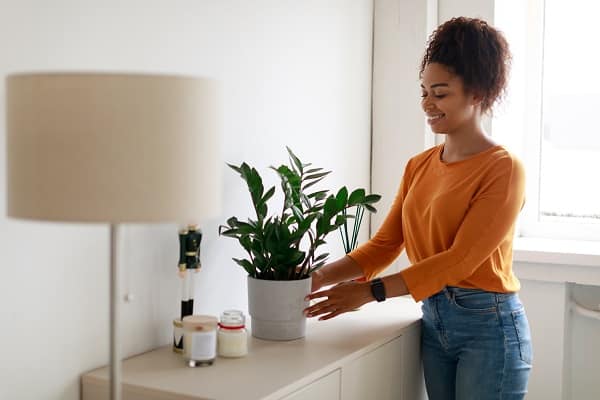
Improper lighting conditions are a common culprit behind yellowing indoor plants, as they can cause extreme yellowing and discoloration of the leaves. It’s easy to understand why: too little light and the plant struggles to photosynthesize its nutrients; too much light, and not only will this prevent proper nutrient uptake, but the sun can burn your poor plant’s leaves! To prevent improper lighting conditions that damage your beloved houseplant, you should keep it in an area of your home where it gets sunlight indirectly.
You could also use a sheer curtain or some other light fabric to filter the direct light. For especially sunny climates, there are all kinds of colored plastic films which, when placed over windows and skylights, cut out amounts of ultraviolet radiation that could damage plants indoors. So go to town on preventing any potential wrongdoer from harming your precious green friends – it’ll be worth it when their beautiful colors come back!
Normal Aging
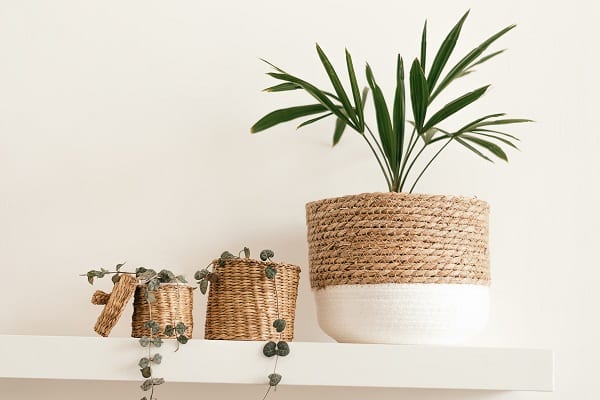
Normal aging is one of the main reasons your indoor plant leaves turn yellow, just like humans! Older leaves will inevitably change color and eventually drop as new leaves grow – as a way to cycle in fresh nutrients. As your house plants age, they naturally produce less chlorophyll, giving the leaves their green color.
This means that more of the yellow pigments hidden underneath is revealed, and older leaves can be yellowed. But there’s no need to fret! All plants have an internal clock that tells them exactly what time it is, so don’t be surprised when you spot older yellowing foliage in your home collection.
Prevent Your Indoor Plant Leaves From Turning Yellow Today!
There’s no reason to let your indoor leaves turn yellow, so treat them with love and care! Go start nurturing your indoor plants today! Follow these easy steps, and you’ll be well on the way to preventing yellow leaves in the future.


